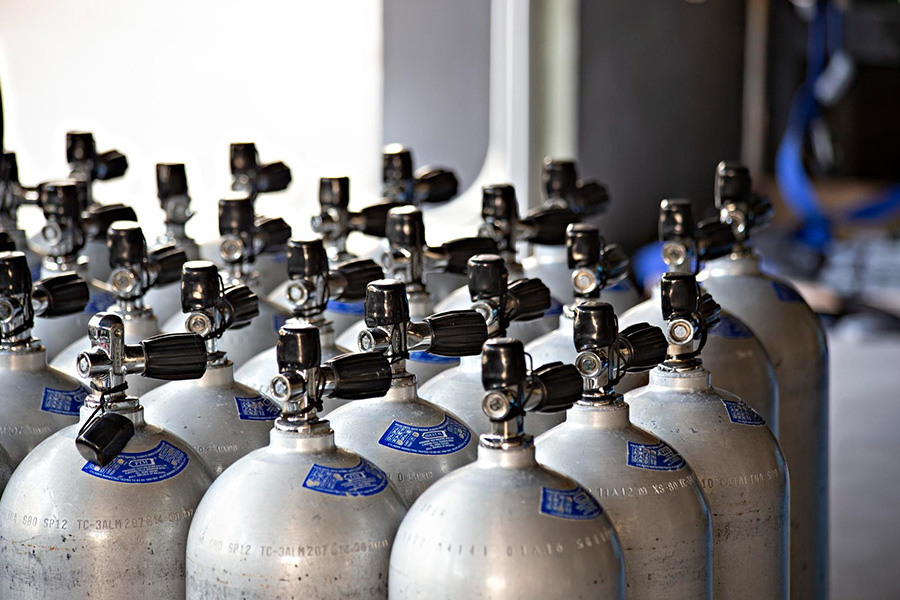
The mathematical model tries to optimize the route and transport medium, considering various constraints.
Authors
Firoj Khan, Jindal Steel & Power Ltd., India.
Ravi Kumar Kushwaha, Jindal Steel & Power Ltd., India
Ashish Trivedi, Associate Professor, Jindal Global Business School, O.P. Jindal Global University, Sonipat, Haryana, India.
Vibha Trivedi, Assistant Professor, Jindal Global Business School, O.P. Jindal Global University, Sonipat, Haryana, India.
Moaz Gharib, College of Commerce and Business Administration, Dhofar University, Salalah, Oman.
Summary
The pandemic situation like COVID-19 worsened the medical situation in India, and the crisis of medical oxygen availability at hospitals in different parts of India has also been a deep concern. In this study, we analyzed the supply chain of medical oxygen from manufacturing units to the needy capital cities of states.
A two-mode optimization model has been developed for better planning of transportation and supply of medical oxygen. Various industrial units with a liquid oxygen production facility have been considered as sources while road and rail routes have been considered as modes of transportation. Finally, the oxygen cylinders/tankers are transported by road to hospitals.
The mathematical model tries to optimize the route and transport medium, considering various constraints. This paper identifies the challenges in Indian contexts and tries to address them by an optimal, cost-effective, and efficient planning for medical oxygen transportation.
Published in: E3S Web of Conferences, 1st International Conference on Green Energy, Environmental Engineering and Sustainable Technologies 2023, ICGEST 2023 Belagavi, 5 October 2023 through 6 October 2023.
To read the full article, please click here.

